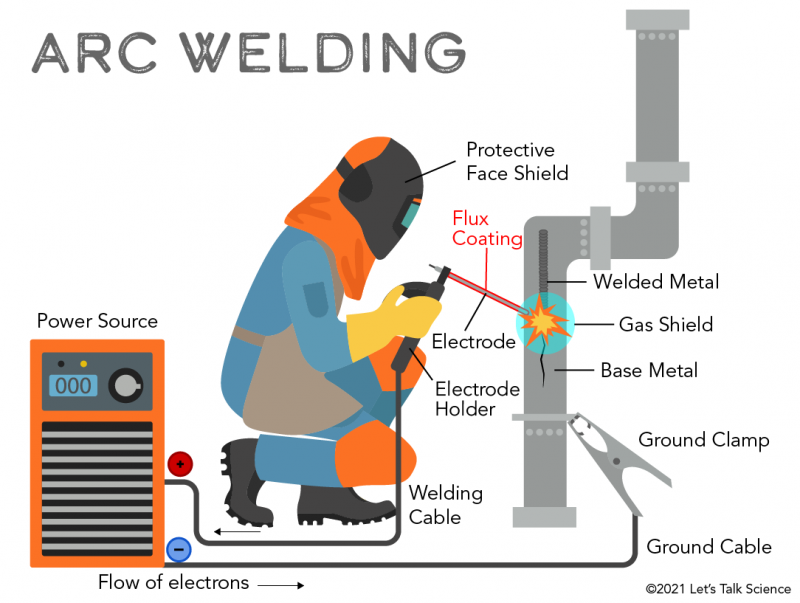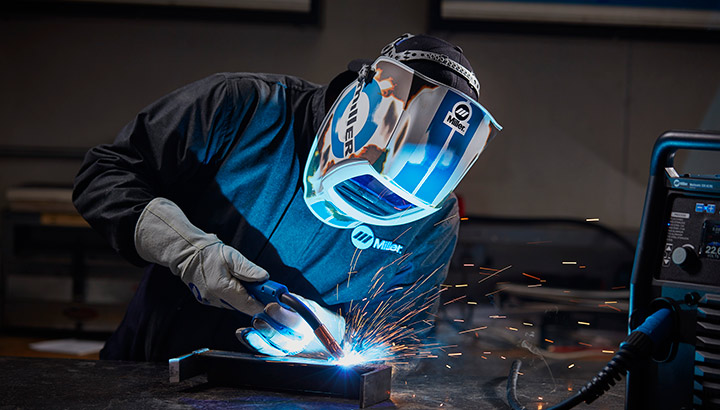The Ultimate Overview to Welding WPS Procedures: A Thorough Summary for Welders
In the intricate globe of welding, Welding Treatment Specifications (WPS) offer as the foundation of making certain quality, uniformity, and security in welding procedures (welding WPS). As we dig into the various parts of a WPS and explore the complexities of qualification and accreditation, we will certainly reveal the crucial duty these procedures play in the world of welding.
Importance of WPS Procedures
Comprehending the importance of Welding Procedure Requirements (WPS) treatments is essential for guaranteeing the quality and honesty of bonded frameworks. WPS procedures offer as a roadmap for welders, laying out the needed actions, parameters, and materials required to achieve a sound weld. By sticking to WPS guidelines, welders can make sure consistency in their job, resulting in structurally audio and dependable welds.
One of the key reasons why WPS treatments are vital is their duty in maintaining weld quality and honesty. Following the defined welding parameters and strategies described in the WPS assists prevent defects such as porosity, splitting, or insufficient blend, which can endanger the toughness and sturdiness of the weld.

Parts of a WPS
A Welding Procedure Specification (WPS) commonly consists of important elements that information the particular requirements for implementing a weld, making sure uniformity and high quality in the welding procedure. The essential parts of a WPS include crucial variables such as base metals, filler steels, preheat and interpass temperatures, welding procedures, securing gases, welding settings, and post-weld warmth treatment demands.
Base metals refer to the products being joined, while filler metals are made use of to fill the space in between the base metals during welding. Preheat and interpass temperature levels are critical for managing the warmth input and protecting against concerns like cracking or distortion. The welding process details the specific technique to be used, whether it's gas steel arc welding (GMAW), shielded metal arc welding (SMAW), or an additional method. Protecting gases secure the weld swimming pool from climatic contamination. Welding placements specify the orientations in which welding can be performed. Post-weld heat treatment may be essential to ease stresses and improve the weld's residential properties. A comprehensive understanding of these elements is critical for creating a extensive and effective WPS.

Qualification and Qualification
Having actually developed the necessary elements of a Welding Procedure Specification (WPS), the focus currently moves in the direction of the critical facets of credentials and qualification in welding methods.

Certification, on the other hand, is the formal recognition of a welder's qualifications by an appropriate certification body or organization. Welding accreditations are generally based on the specific welding processes, materials, and positions a welder is qualified to function with. Holding a legitimate welding qualification shows that a welder satisfies market requirements and is qualified to do welding jobs to the needed specifications.
Producing a WPS
To create a Welding Treatment Spec (WPS) that meets market criteria, cautious consideration of welding processes, products, and operational criteria is vital. The first step in developing a WPS is to determine the welding process to be utilized, such as gas steel arc welding (GMAW) or protected steel arc welding (SMAW)

Implementing and Checking WPS
Upon completing the extensive Welding Procedure Requirements (WPS) that carefully information welding processes, products, functional parameters, and top quality guarantee steps, the emphasis shifts to properly implementing and keeping an eye on the well established procedures. Application includes click here to find out more ensuring that all welders associated with the job recognize with the WPS and follow it meticulously during the welding procedure. This needs providing appropriate training and guidance to guarantee adherence to the defined treatments. Keeping track of the WPS involves continuous oversight to validate that welding activities line up with the documented requirements. Inspections, testing, and high quality control measures are vital components of the monitoring process to recognize any issues or variances immediately. Regular audits and reviews of the welding procedures assist in preserving uniformity and top quality throughout the task. Reliable implementation and monitoring of the WPS are essential for making sure the stability, strength, and safety and security of the bonded joints, inevitably adding to the overall success of the welding task.
Conclusion
In conclusion, understanding and following Welding Treatment Specs (WPS) is essential for welders to make certain quality, uniformity, and safety and security in their work. By recognizing the components Continue of a WPS, acquiring proper credentials and accreditations, developing comprehensive treatments, and carrying out and monitoring them successfully, welders can enhance their abilities and proficiency in welding methods. Sticking to WPS procedures is crucial for producing top notch welds and conference industry requirements.
In the elaborate world of welding, Welding Procedure Specifications (WPS) offer as the foundation of guaranteeing top quality, consistency, and security in welding procedures. The welding process describes the certain strategy to be used, whether it's gas metal arc welding (GMAW), shielded steel arc welding (SMAW), or an additional method.To establish a Welding Treatment Requirements (WPS) that satisfies sector criteria, careful consideration of welding procedures, products, and functional specifications is necessary. The very first step in producing a WPS is to determine the welding process to be utilized, such as gas steel arc welding (GMAW) or protected metal arc welding (SMAW)Upon completing the comprehensive Welding Treatment Specification (WPS) that carefully details welding procedures, products, operational criteria, and high quality assurance procedures, the emphasis moves to efficiently executing and keeping an eye on the well-known treatments.